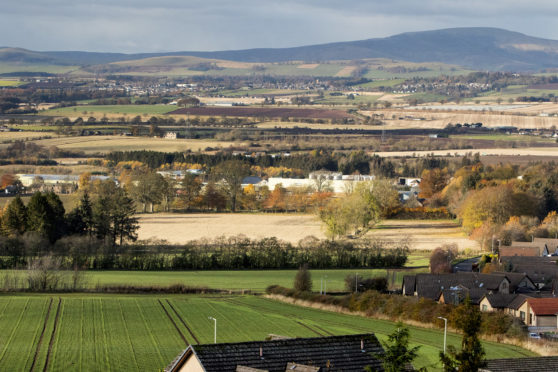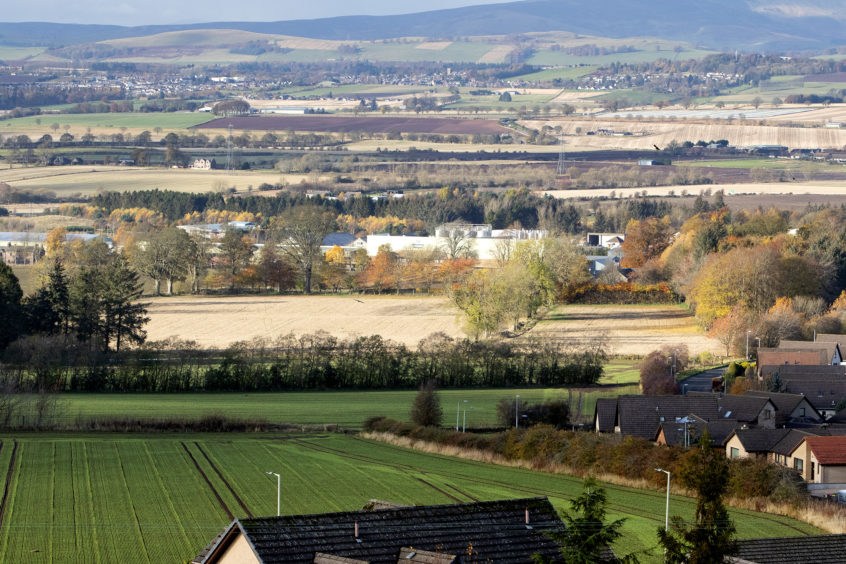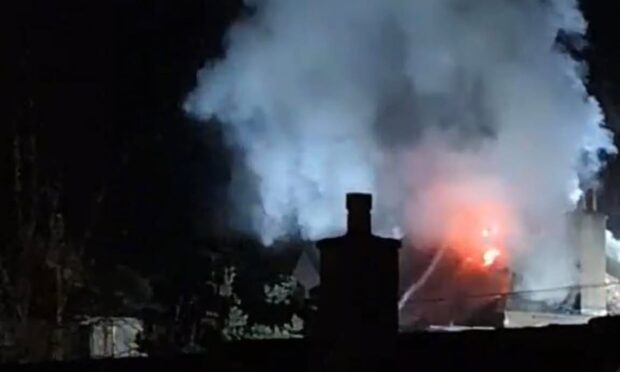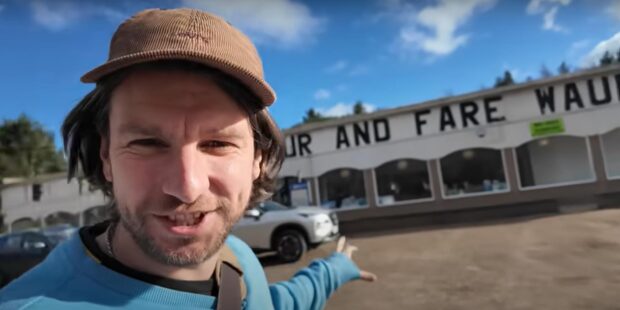A top vet has been pulled into an anthrax housing row in Forfar.
Animal health specialist Michael Park was asked to give his opinion on the safety of residents from live anthrax spores, should a 175-home development from Muir Homes be granted.
Elite Homes previously objected to the Westfield proposal, warning of a “very real public health risk” from disturbing a historical anthrax burial site.
Carcasses of farm livestock which may have been infected with the disease were buried at Westfield in the 1940s.
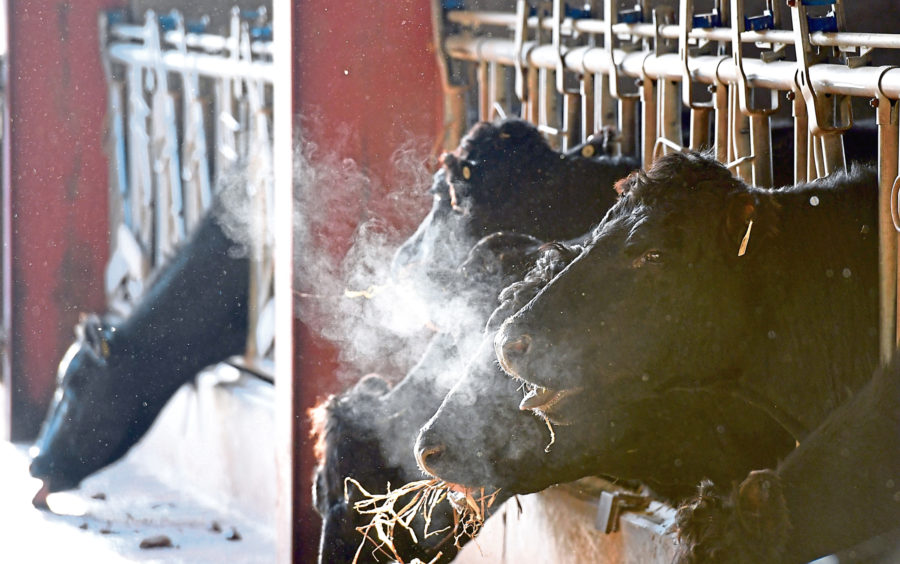
Muir Homes quashed the concerns and said the area of contamination was “outside the application site” and “some 120 metres away from the nearest proposed home”.
Angus Council’s environmental protection officer also said he was satisfied the site “does not pose a significant risk of harm to the proposed use from land contamination”.
Elite Homes is refusing to let the matter drop and has lodged a further response after contacting Mr Park for assistance.
Mr Park, Vetinery Lead with the Scotland Animal and Plant Health Agency (APHA), was asked if he would be in a position to “guarantee the health of the people of Forfar if anthrax spores were dispersed as a result of development works”.
He has told Elite Homes there exists no register of historical animal burial sites and the APHA was “generally not in a position to provide reassurance with respect to the suitability of the land for development”.
He said: “However, I am aware that anthrax was diagnosed in livestock on Westfield Farm, Forfar, in 1944.
“The usual practice in 1944 would have been to burn and then bury the carcasses but we do not have access to how carcasses were handled on Westfield in 1944.
“It is possible they were not buried, possible that they were burned and buried, and possible that they were buried without being burned.”
Infection is usually acquired through the ingestion of contaminated soil, fodder or compound feed.
Anthrax spores in the soil are very resistant and can cause disease when ingested, even years after an outbreak.
Mr Park said: “If burial sites are disturbed, there may be implications under the Control of Pollution Act 1974 and in this respect then the responsible person should contact the applicable local authority.
“In the event that animal remains are discovered in the course of land excavation, work should cease immediately and the occurrence or suspicions should be reported to this office.”
He said an exhumation licence would be required to enable the excavation and subsequent disposal of the remains in compliance with the Animal By-Products Regulations.
A spokesperson for Muir Homes said: “We note the comments made by Mr Park regarding the burial site, but as our proposed development is more than 120 metres away from the area in question, there is no risk in this regard.
“Muir Homes have a 40-year track record of building homes safely and responsibly and we will continue to do so.”
